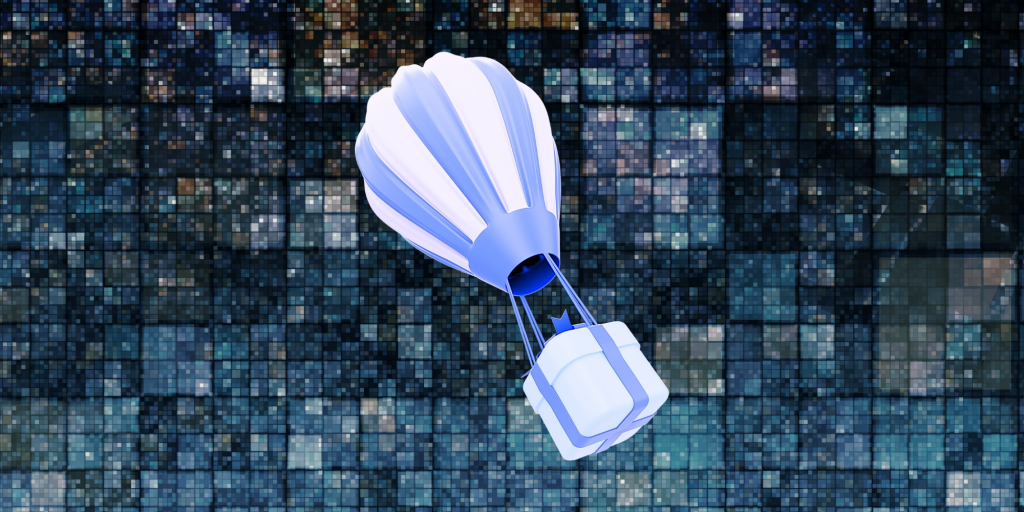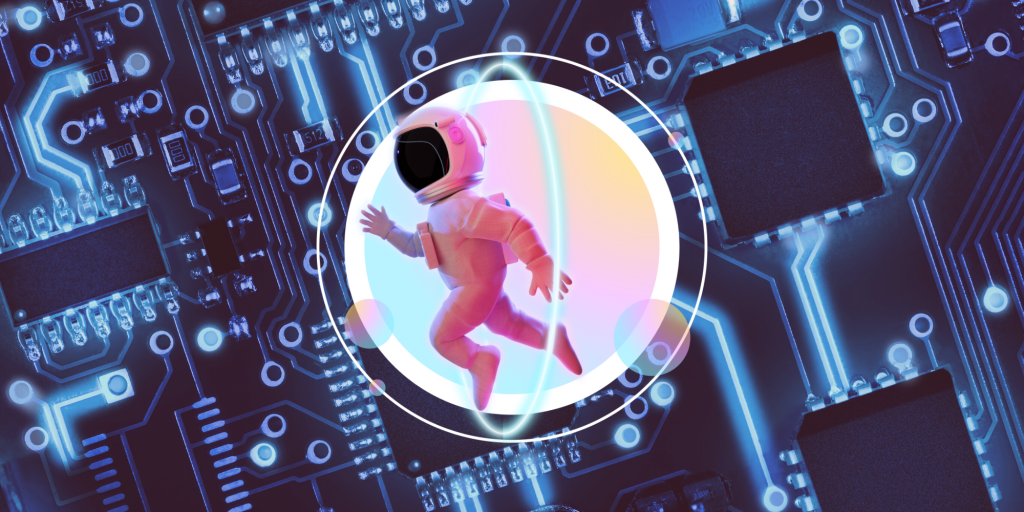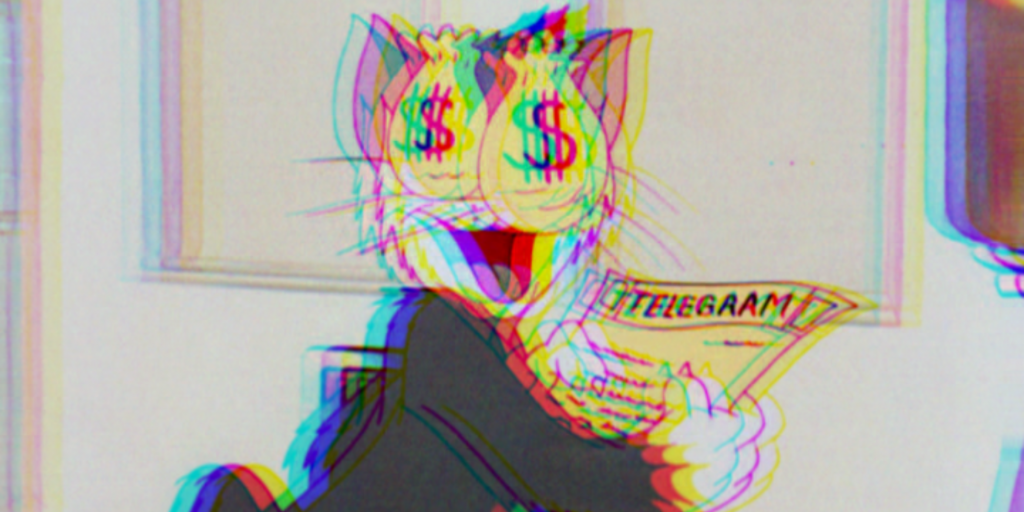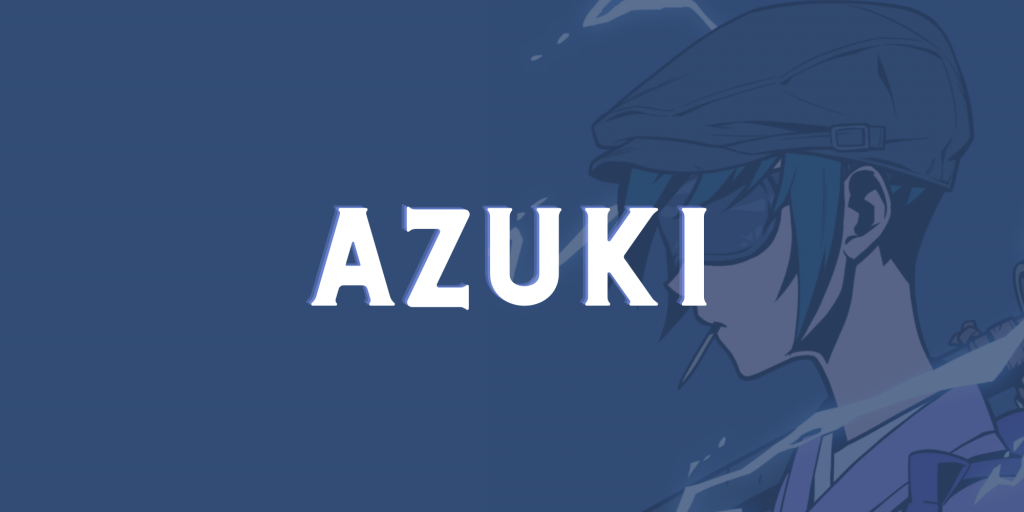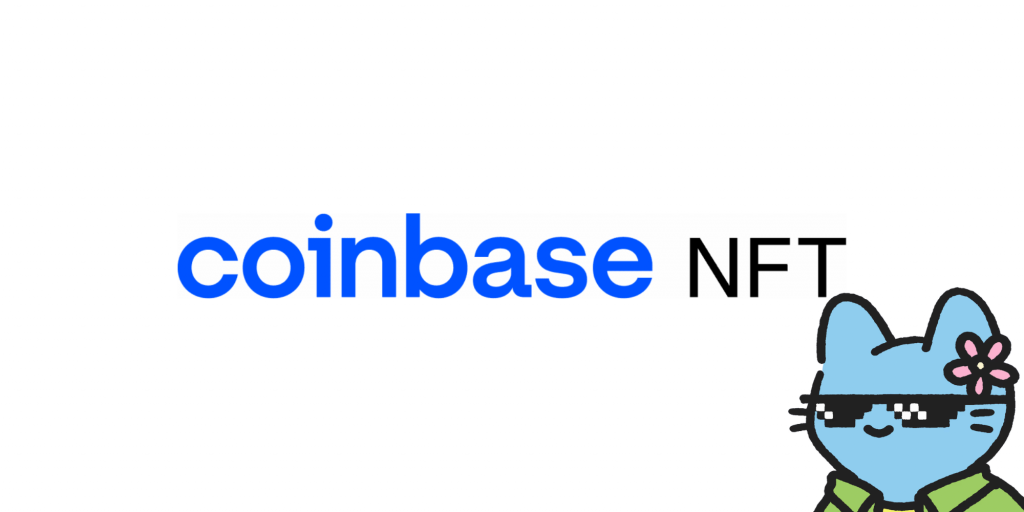NFT Airdrops Explained: What Are They & How Do They Work?
NFT airdrops refer to the distribution of an NFT for free to a community or a group of whitelisted individuals. It’s a popular method for NFT projects, artists, and blockchain gaming apps to promote a new NFT collection to the public, draw attention to a new brand, or engage with their communities by handing out …
NFT Airdrops Explained: What Are They & How Do They Work? Read More »
